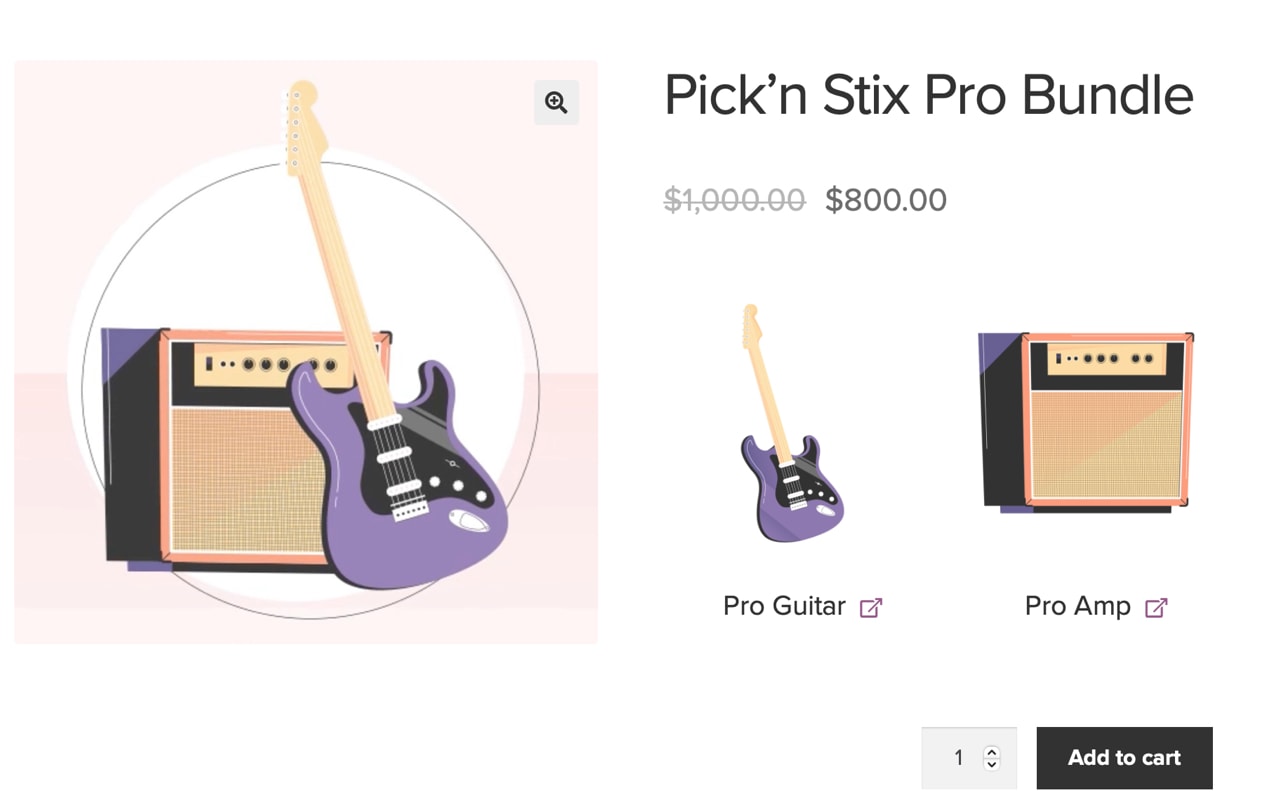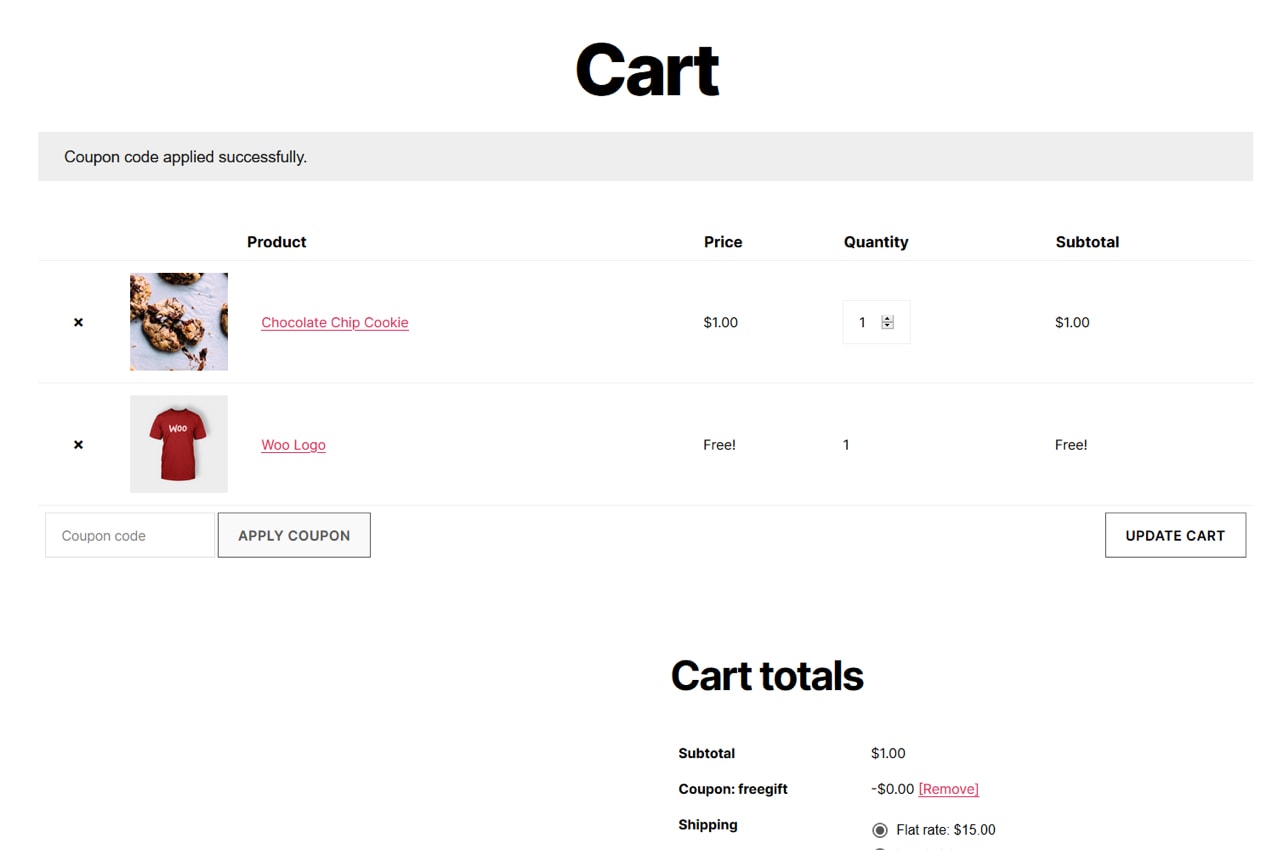Consumers buy for all kinds of reasons other than price. And yet so many online businesses, eCommerce stores, and retailers expend too much energy and profits appealing to low-price shoppers. You don’t need to play that game. Selling at higher prices increases profit margins, reduces your dependence on sales volume, and as you’re about to see — pleases your customers.
As long as you approach it the right way.
Here are ten strategies for selling at higher prices and making your customers happy at the same time.
1. Target consumers who have more money
↑ Back to topThere are many ways to do this, and we can’t touch on all of them here. But the idea is, people who have more, spend more. When you make higher-priced products that appeal to people who have more money to spend, they’ll buy them.
When you sell online, the key to making this work is targeting. Online marketing tools allow you to target people based on income levels, past spending behaviors, sites they’ve visited, location, and other data. By using those tools, you can get your products in front of the people who have the money to buy them.
Next, you have to position the higher-priced product or service so people with more disposable income will recognize it as being for them. You can do this with just about any product.
It begins with the product name. Your product needs a name that makes it seem different, special, unique, designed for a specific purpose, rare — you must give it some kind of quality that is more valuable than the other choices, and therefore worth paying more to have. This relates to the next strategy.
2. Refuse to cheapen your product
↑ Back to topLow-priced products typically only offer one reason to buy them — “save money.” That’s it. By selling at a higher price, you’re declaring that your products are better in some way.
You might be the luxury brand, the longer-lasting brand, the better-tasting brand, the all-natural brand, the hard-to-get brand, the healthier brand — you get the idea.
The point is, you must craft a USP — unique selling proposition — that conveys the value of what you’re selling, that differentiates your product from the cheap ones. Succeed in that, and consumers will pay more for it.
Even for school supplies.
Southern Living featured fun and eye-catching school supplies like gold scissors, stylish tape, pencil pouches, and so much more in a recent article. These are all more expensive than the bare bones stuff you can get at office supply stores. But the visual impact is immediate. Students would want these because they’re fun, different, and get attention.
But these are school supplies, folks. If they can do it, so can you.
3. Sell the problem, not the solution
↑ Back to topAs the old saying goes, you don’t buy the drill, you buy the hole.
It’s simple but profound. What problem is your product solving? Even if there are many others solving the same problem, they may not be presenting it in those terms. If you can alter your messaging and marketing to focus on the problem your customers need solved — and show them how your products and services solve it better than anyone else — they’ll appreciate your approach and feel like you understand them.
When you connect with your customers at this deeper level, price becomes less of a factor in their decision to buy. When you do this really well, you can sell at higher prices, especially for services.
4. Bundle them
↑ Back to topImagine buying a home beer-making kit piece by piece. There’s a fair amount of equipment involved here. A store could sell all those pieces by themselves.
But the same store could also offer a bundle that includes all the basic equipment, plus a few add-ons like starter packs with different flavors, a book with tips on brewing, and other special items.
Which is the better deal: That bundle, or buying everything individually?
The bundle sells convenience. A customer doesn’t have to go find all these items. And they may have never even thought to look for the book. See — the bundle lets you add value to the product and thus justifies a higher price.

Product bundles, when done well, don’t compare to anything else and thus can’t be price shopped. You buy it as is, because the bundle itself delivers uniquely higher value.
You can offer product bundles to your customers with WooCommerce, using the Product Bundles extension.
5. Use bonuses and free gifts
↑ Back to topIt’s hard to overstate how well this strategy can work. When you have a great free gift or bonus item, that alone can sell the rest of the product. And sometimes, if the bonus is something like a free entry into an exclusive contest, you might not even be selling anything tangible, but people still respond to it.
Imagine a business selling hats featuring sports teams. They could run a campaign that enters everyone who spends over $100 into a drawing for two free tickets to a game. The chance to get free tickets will cause many buyers to spend that $100.
Of course, you can also offer free bonuses that are an actual item, and it can work just as well. Get creative. A bonus is sort of like turning a product into a bundle, without raising the price.

The Free Gift Coupons extension is a great way to implement this on your WooCommerce store.
6. Build a pre-sold audience
↑ Back to topThe most effective, long-term strategy for doing this is to use lead generation to draw in new customers with free or low-priced offers. Then, once you have their contact information and have made a good first impression, you nurture the relationship by continually sending them valuable information. Not all of it is selling something.
You’re solving problems. As a result, you’re building trust, establishing credibility, and positioning yourself as an authority.
When you do that well, you’re no longer selling to a general audience, but to your audience. And they’ll pay you more because they know, like, and trust you.
Even retail and product-centered eCommerce businesses can do this. A lot of it is in how you name your products. The name calls out the audience.
Imagine a dog owner shopping for dog food, and their dog weighs 90 pounds. It’s a big dog. Of course, in the pet food store, there are tons of choices for dog food. But if that dog owner sees one option that is specifically presented as dog food for big dogs, what are they going to do?
They’re more likely to buy that brand — even if it costs more. Why? Because it’s selling specifically to them. It’s calling out its audience. That dog food brand doesn’t focus on the owners of little dogs who won’t buy it. It’s selling at a higher premium price, exclusively to big dog owners.
Exclusivity sells.
7. Write a book
↑ Back to topNot just any book. Write a book that will connect immediately with your target audience. A book conveys authority and expertise more than just about anything else. It’s the next best thing to getting interviewed on TV, on a podcast, or in an influential publication.
This approach works extra well for service-based businesses, but again, it can work for product-based businesses, too.
Suppose you want to remodel your kitchen, and you go on one of those websites where all the handymen and home improvement specialists market themselves. You find seven kitchen remodelers in just a few minutes. They all seem great. They all sound experienced and knowledgeable. They all have good reviews. They’re all willing to come out and give you a “free consultation and estimate.”
Great…how in the world are you supposed to choose? They’re all the same!
But then you notice it — one of them has a book called “Nine Kitchen Remodeling Nightmares and How to Avoid Them,” and she gives it away for free as part of her estimate and consultation.
Instantly, she seems like more of an expert than the others. The book sets her apart. She’ll get more bids, more sales, and can charge a higher price than the others.
Who is selling matters more than what they’re selling, and a book is all about the ‘who.’
Any business — yes, ANY business — can create a book that will appeal to its target customers.
8. Give choices
↑ Back to topA study was done where customers were offered regular beer at $1.80 and premium beer at $2.50.
80% of the people went for the premium. That speaks to the tip earlier about refusing to compromise on price, because most people want higher quality, better products, and will pay more for them.
But here’s where it got interesting:
Next, they added a cheaper $1.60 option. Not a single person in the study chose it, but 80% of them now went for the $1.80 option. So they lost money compared to just offering two options.
Then, they tried one more variation — dumping the cheap one and adding a $3.40 option. 10% chose that option, but 85% chose the $2.50 option.
The point is, with three choices, most people tend to go for the middle-priced option. Which means, offering higher-priced choices leads to higher revenue.
There’s a famous story about a hamburger shop that wanted to sell more double burgers because they had a better profit margin than single burgers. How do you do it? Offer a triple burger.
9. Use upsells smartly
↑ Back to topUpsells are sort of like free bonuses, except now the customer is adding more to their cart than they originally planned.
To make this work, the extra products have to seem like an obvious choice. That means, they shouldn’t be more expensive.

The goal with upsells is to increase average order value (AOV). You sell the phone, and then you upsell the case. And then you upsell two more cases so they have choices and backups. You sell the glasses. Then you upsell the cleaner.
You can also upsell the same product, just more of it. For example, suppose a customer buys one product for $59. At checkout, you can offer them the chance to buy another one for just $49, or $39. You’re giving them a deal on a second one. For the customers who take up your one-time offer, you’ve just nearly doubled the order size.
10. End your prices with a ‘9’
↑ Back to topIs this silly? Actually, research backs it up. This study ran several tests. One of them found that women’s clothing selling at $39 outsold the same item even though it was sold at $35. In fact, the prices ending with a ‘9’ outsold the lower prices by 24%, on average.
Surprising, right?
They ran another test for a product that said, “Was $60, now only $45.” Other consumers saw the same language, but for $49 instead of $45.
More people responded to the sale price ending in $49. Shocking stuff, but hey, it’s science. People are funny. Max your prices out by ending them in ‘9’s.
Bonus strategy for higher prices
↑ Back to topIn keeping with the theme, here’s a bonus strategy!
It’s a great idea to offer more than one method of payment, especially for higher-priced items, or with shopping carts above certain amounts. Buy Now, Pay Later is a terrific tool to use in these scenarios, because it helps customers feel better about spending more money with you, since they don’t have to pay for it all at once.
BNPL and other payment plan varieties allow you to sell at higher prices than you otherwise would, and in a way that pleases your customers.
Okay, so get out there, raise your prices a bit, and start selling.
About






Great content. Thanks a lot for sharing.
Greetings from Palma de Mallorca
Thanks Mario! Glad you enjoyed!
Love the article, well researched points in your list!